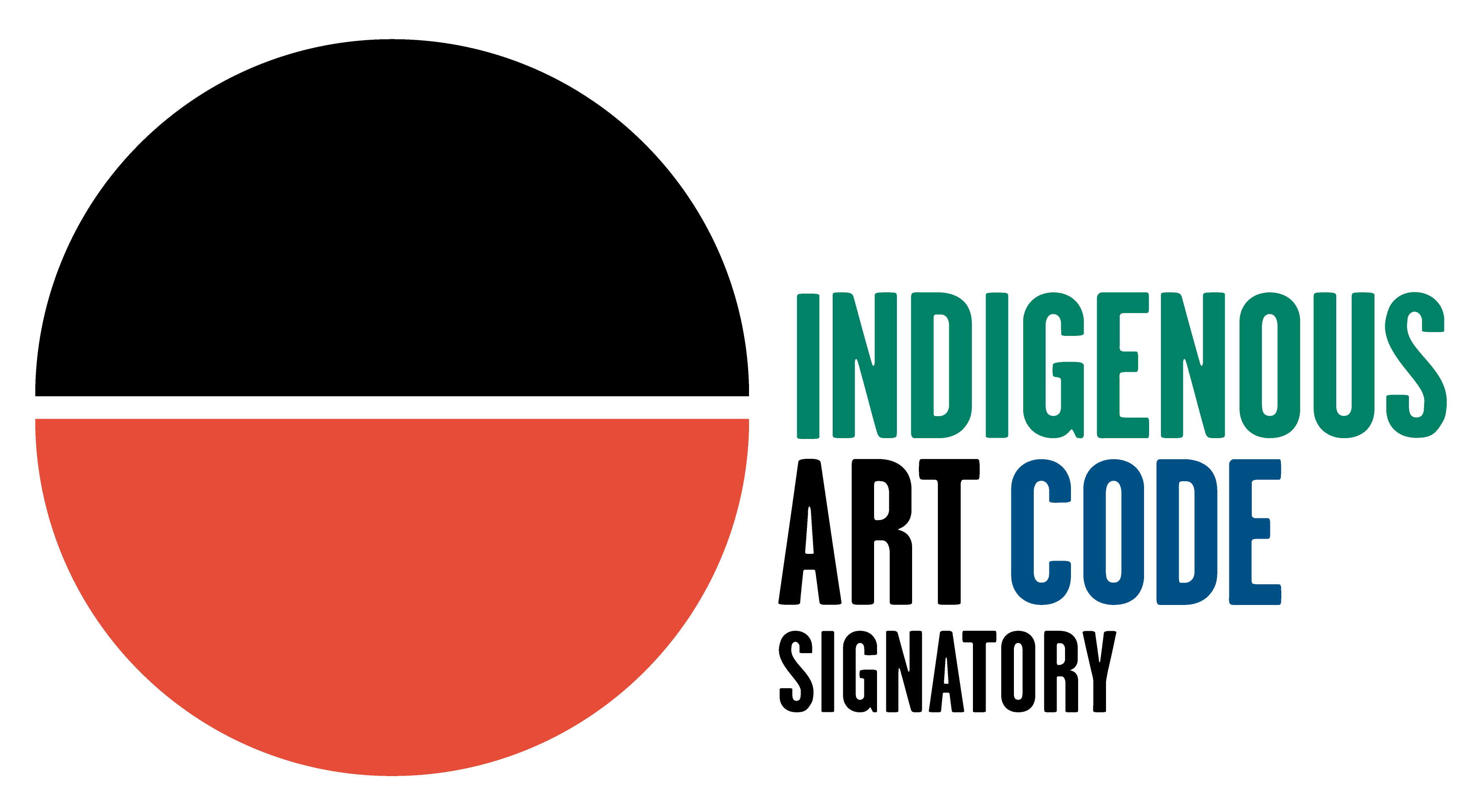Mario Munkara
27 x 3 1/2 x 2 3/8 in
Pukumani poles have great spiritual significance within Tiwi culture, ensuring that the spirit of the deceased, the 'mobiditi', is released from the body into the spirit world. The Pukumani ceremony performed at a person's burial site is carried out two to six months after the deceased is buried and is the most important ceremony in the lives of Tiwi Islanders. The word 'pukumani' means 'taboo' or 'dangerous' in the Tiwi language.
Instructions on how to make the Pukumani poles, use them in ceremonies to honour the dead and the dances to perform were passed down to the Tiwi Islanders by Purukaparli, the great ancestor of the Tiwi people. He instructed that a taboo must be placed on the use of the name of the deceased.
During the Pukumani ceremony, participants are painted in white ochre and wear 'pamajini' (armbands) made from pandanus and decorated with white feathers to express their grief through song and dance. Belongings of the deceased are placed on the mounded grave and the poles are placed around it. At the end of the ceremony 'tunga', painted bark baskets, are placed on top of the poles as gifts for the spirits of the dead and the poles are left to decay.
The designs of the Pukumani poles are representative of the deceased person's life, and the number and size of the poles signify their status. The family selects men not closely related to the deceased to carve the poles and provides food for the carvers during their period of work. Most men would at some time in their life be selected due to the small size of the Tiwi society. The mourners pay the men according to their satisfaction when the poles are complete.
The trunks and branches of ironwood, a hardwood tree, are carved into poles with windows and reduced or waisted sections and two-pronged terminals. These examples are painted in the Tiwi art style of geometric and abstract patterns using modern acrylic paint and traditional ochre mixed with fixatives such as wax, honey and egg yolks. Modern brushes have been used, but traditionally brushes were made from soft bark, sticks and human hair.
SIGN UP TO OUR MAILING LIST FOR ALL THE NEWS
* denotes required fields
We will process the personal data you have supplied in accordance with our privacy policy (available on request). You can unsubscribe or change your preferences at any time by clicking the link in our emails.


